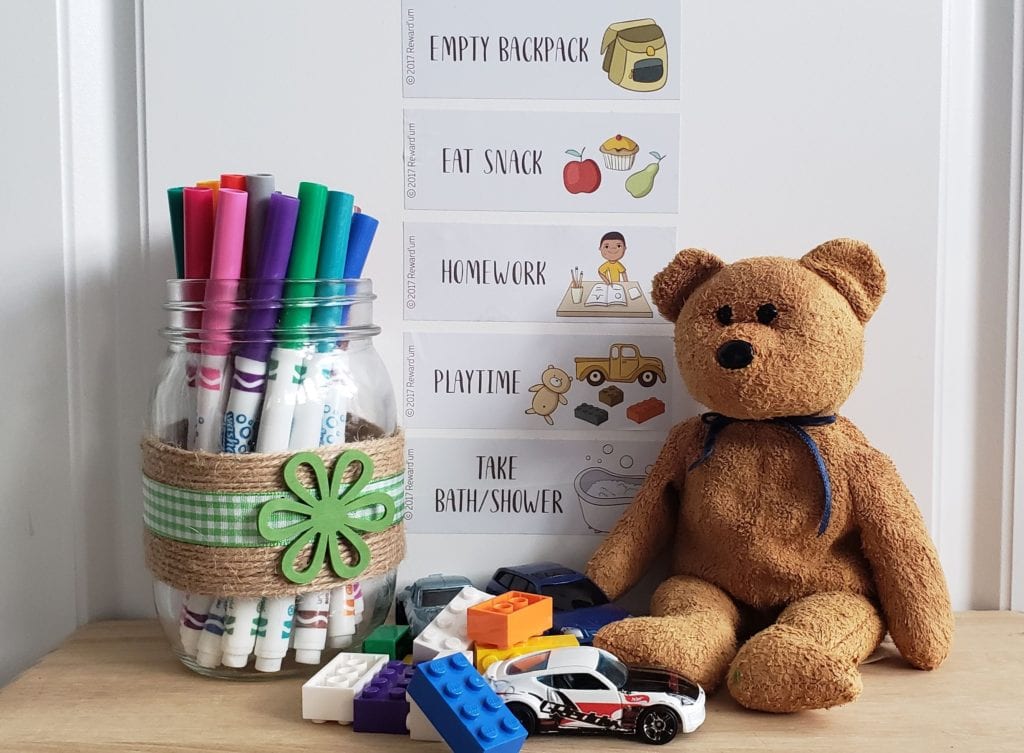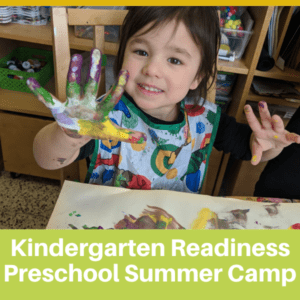
The Secret Tool that Can Instantly Shift Families from Chaos to Calm
(and for some reason, nobody seems to ever talk about it)
“Did you brush your teeth?”
“Don’t forget to pack your gym clothes.”
No TV right now, hurry up and eat your cereal.”
“Did you put your trip form in your backpack yet?”
“Hurry up – your brother needs to use the bathroom.”
If you have children and are tired of repeatedly saying these phrases every morning, keep reading because I am ready to spill the beans on a simple tool that can slide your family from chaotic to calm, orderly and peaceful.
What is this secret tool?
Visual schedules. A visual schedule is a tool that many behaviourists, speech therapists and even teachers use, on a daily basis, when working with children. Years of research supports its effectiveness in being able to create an environment that fosters collaboration and structure, yet builds independence and responsibility. I am sounding the alarm because I believe it’s time parents get on board and begin using effective visual schedules, like Reward’um™, to eliminate morning mayhem, after school anxiousness and bedtime battles.
What does it do and how can I use it to slide my family into the calm zone?
A visual schedule is a visual tool or cue that helps children understand what they are supposed to do and indicates what is going to happen next. It can provide an overview of activities for the week, day, hour or even provide steps required to complete a task. A visual schedule can transition your family into tranquility because it can do the following:
- Sets clear expectations. A visual schedule becomes your child’s to-do list. Now that your child’s sequence of events is clearly depicted, it leaves very little wiggle room for confusion and hearing “I didn’t know what to do.” It sets very clear expectations and helps your child understand the concepts of first, then and next.
- Eliminates the “He said, she said” syndrome. In many households, the confusion starts when one parent tells the child what to do and the other parent – maybe even grandparent – tells them do do something completely different. A visual schedule terminates the “he said, she said.” Now all guardians in the household can tell the child to refer to what is on their visual schedule.
- Reduces the need for verbal instructions: Your children may listen and understand what you are saying, but let’s admit it, sometimes you talk too much and, as a result, your kids are not retaining your verbal instructions. Their auditory memory to remember information is limited, and therefore parts of what you said are quickly forgotten – this is why you see them distracted playing with their toys and why they have only completed 1 out of the 4 tasks you have asked. Have you ever been in a situation where your colleagues have given you a long list of beverages and goodies they would like you to get on your run to Tim Hortons, and after a few requests, you ask them to write it down because you know there is no way you will remember it all? The same goes for your child. Visual instruction allows kids to process and review the information as long or as often as they need it. It’s time to reduce the verbal instructions and provide instructions that they can retain and actually follow.
- Reduces tantrums and anxiety: Shifting attention from a video game or a favourite activity to the unknown can put a child into quite the frenzy. Providing your child with a consistent schedule where they know what is going to happen, and when, gives them a sense of security and familiarity. Not only do they take comfort in knowing what is happening ahead of time, but it also allows them to mentally prepare and follow through with what is expected of them. Imagine waking up and having to wait for your partner to give you instructions on what tasks you should complete for that day – what if they wouldn’t tell you what needed to be done until the previous task was complete, or, better yet, every time you began to unwind and relax, they told you of another task that needed to be completed? Would you feel frustrated, anxious, stressed? A visual schedule provides structure and predictability, reducing stress during day-to day tasks.
Visual schedules are the secret weapon that families can utilize to transition to a calm, peaceful, harmonious, happier home. Learn more about repositionable visual schedules at rewardum.com
 Marlene Spence is a Mother, Behaviour Consultant and Parenting Strategist. She is the one overwhelmed parents and educators go to when they want real, practical, proven strategies to manage difficult behaviour problems and uncover the hidden potentials that have been buried by challenging behaviours. She have worked with over 300 families, children and youth in the past 19 years and is on a mission to empower parents to raise responsible,
Marlene Spence is a Mother, Behaviour Consultant and Parenting Strategist. She is the one overwhelmed parents and educators go to when they want real, practical, proven strategies to manage difficult behaviour problems and uncover the hidden potentials that have been buried by challenging behaviours. She have worked with over 300 families, children and youth in the past 19 years and is on a mission to empower parents to raise responsible, Get updates on new classes, hosted events, and more.











